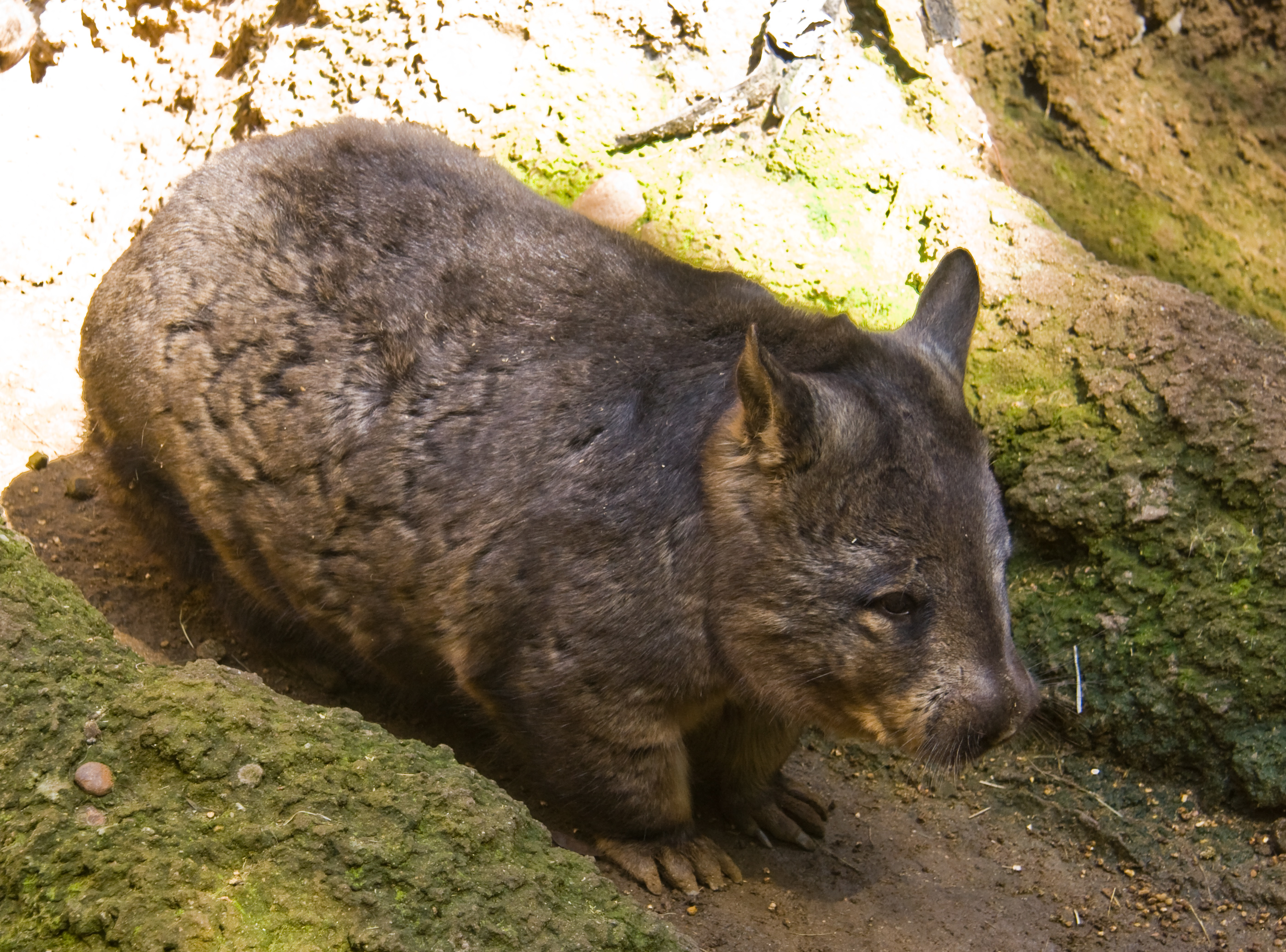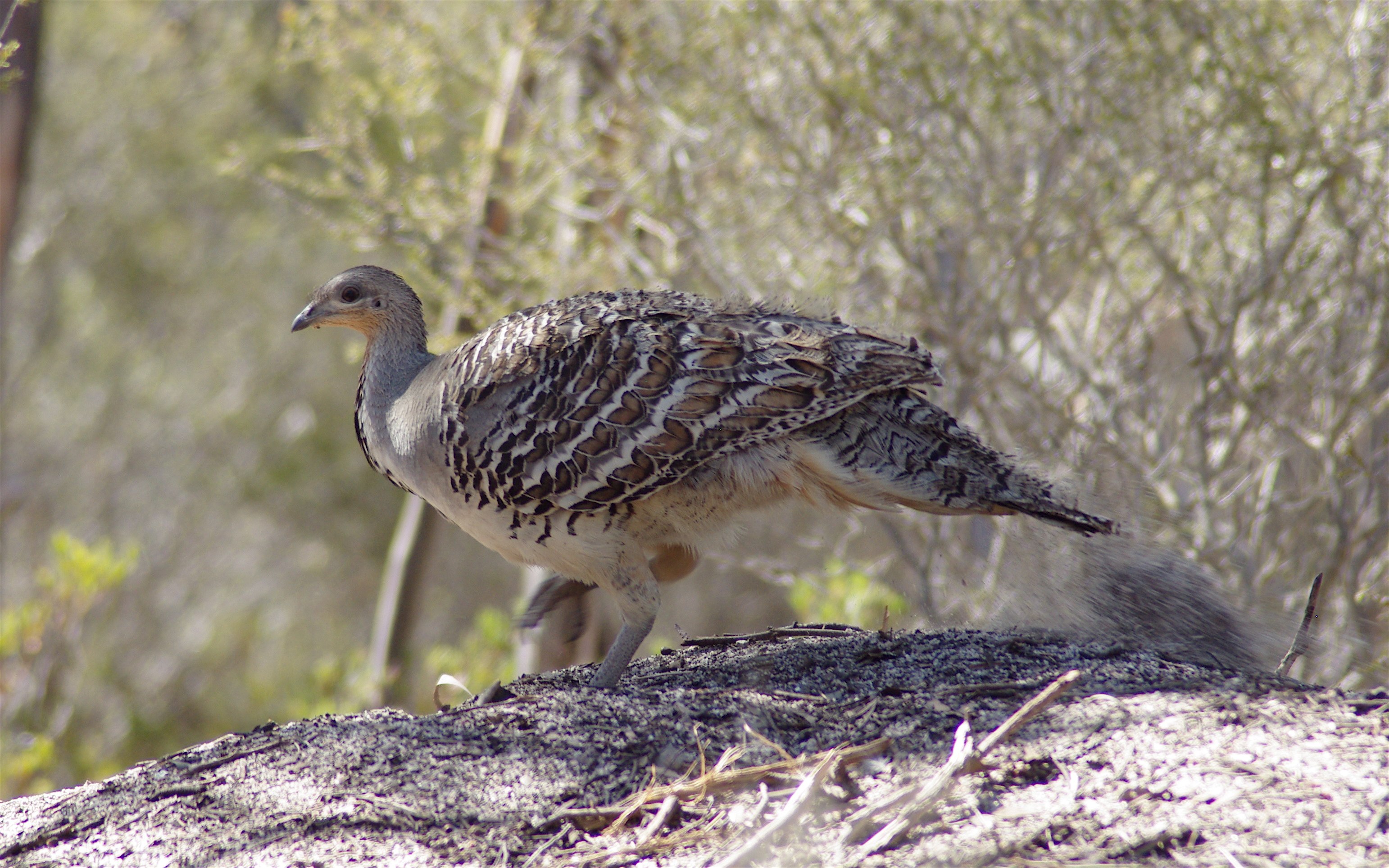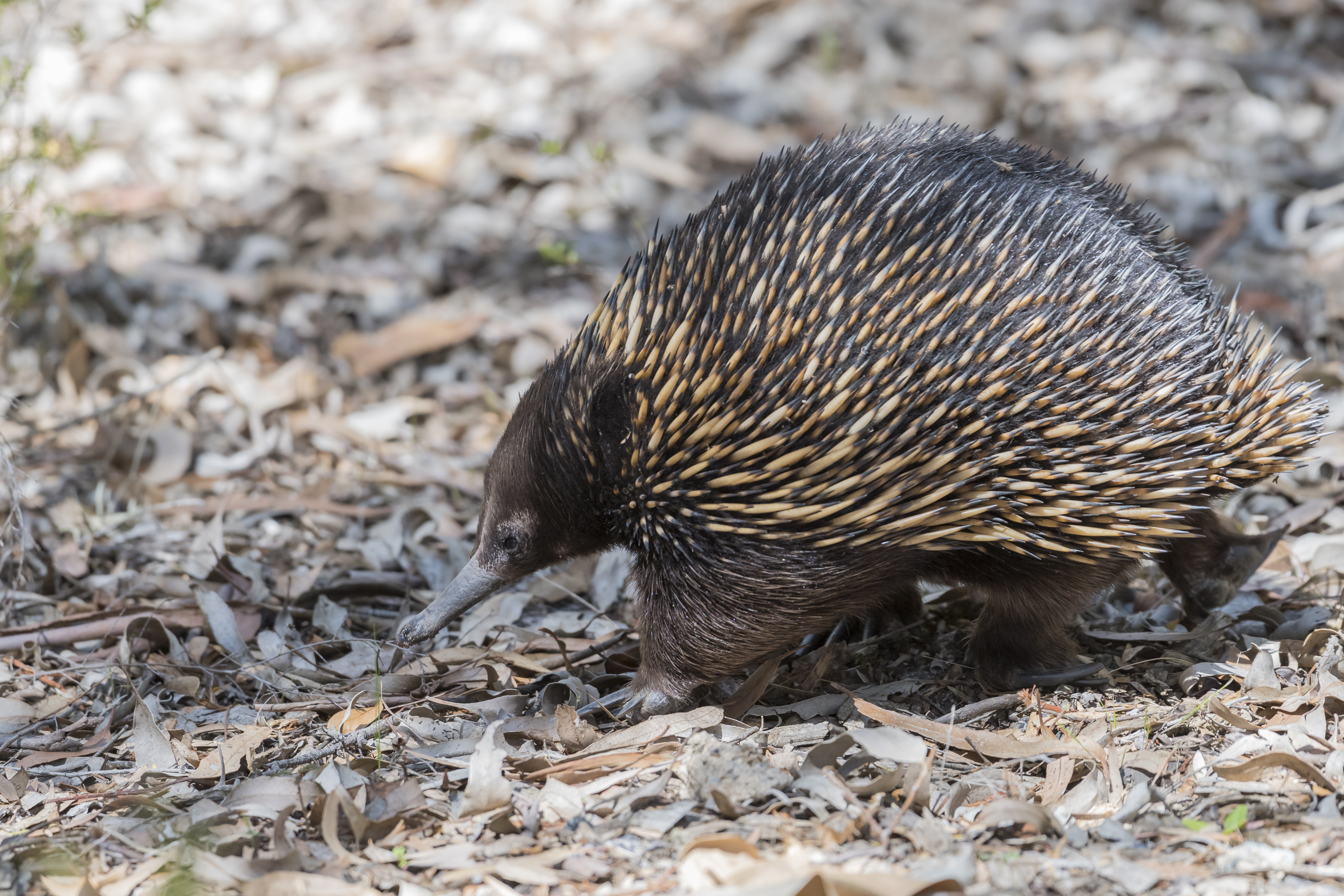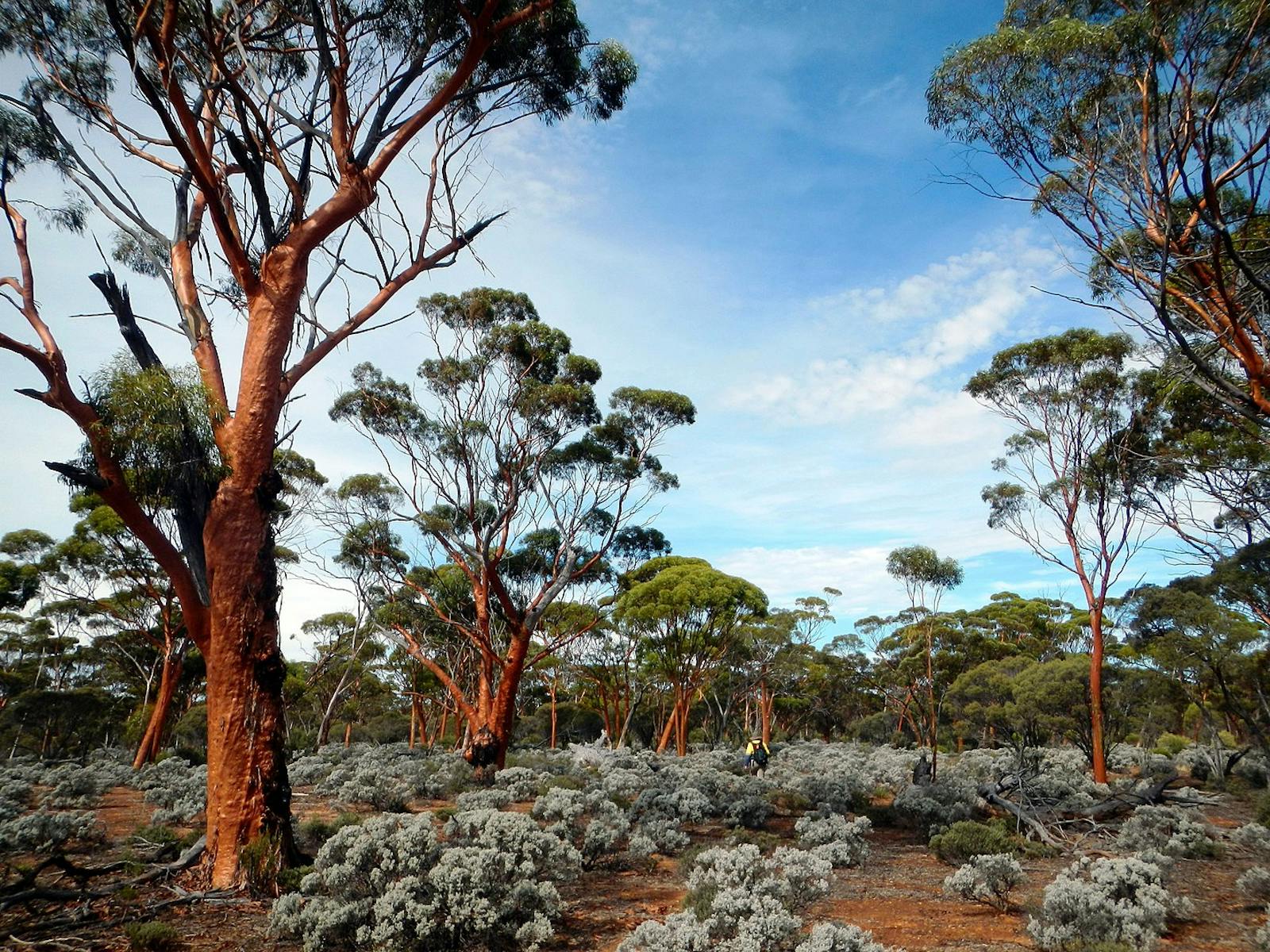Coolgardie Woodlands
The ecoregion’s land area is provided in units of 1,000 hectares. The conservation target is the Global Safety Net (GSN1) area for the given ecoregion. The protection level indicates the percentage of the GSN goal that is currently protected on a scale of 0-10. N/A means data is not available at this time.
Bioregion: South Australian Mediterranean Forests, Woodlands & Scrub (AU5)
Realm: Australasia
Ecoregion Size (1000 ha):
12,952
Ecoregion ID:
197
Conservation Target:
87%
Protection Level:
1
States: Australia
Coolgardie exists as a transition woodland between the Mediterranean-climate of Australia’s south-west coast and the continent’s arid interior. The ecoregion supports one of the largest relatively intact temperate woodlands left in the world. The rich flora has 30% of Australia’s eucalypt species and 20% of the continent’s plants. Kookaburras, southern hairy-nosed wombats, malleefowl, echidnas, and other iconic wildlife inhabit the woodlands.

The flagship species of the Coolgardie Woodlands ecoregion is the southern hairy-nosed wombat. Image credit: Jason Pratt, Creative Commons
The ecoregion is covered in low hills and plains of ancient, infertile sandy soils. Eucalypt woodlands of Salmon gum (Eucalyptus salmonophloia), gimlet (E. salubris), York gum (E. loxophleba), and the endemic Coolgardie gum tree (E. torquata) dominate the landscape. One hundred and seventy species of eucalypts have been recorded.
-CC-2008.jpg)
Female red kangaroo. Image credit: Creative Commons
The mallee scrub that occurs as understory or scrublands is notable for a rich flora and many endemic species including Tetratheca spenceri, a rare and very localized plant found on a laterite outcrop south-east of Coolgardie. Malleefowl (Leipoa ocellate), slender-billed thornbill (Acanthiza iredalei iredalei), southern hairy-nosed wombat (Lasiorhinus latifrons), and the crested shriketit (Falcunculus frontatus) are members of a diverse vertebrate fauna, with many species restricted to southwestern Australia.

Malleefowl. Image credit: Creative Commons
Much of these spectacular woodlands remains relatively intact, though there is ongoing clearing, fragmentation, and degradation occurring from livestock grazing, mining activities, and some limited agriculture. Intense grazing damages fragile understory communities, soil crusts, and woodland regeneration patterns. Introduced weeds that increase with grazing hamper natural regeneration, as well.

Short-beaked echidna. Image credit: Gunjan Pandey, Creative Commons
Large, high intensity wildfires are increasing due to human ignitions. These too hot and too frequent fires degrade natural assemblages and recovery. Long unburnt areas are key to maintain species and habitats. Feral and introduced animals—such as donkeys, goats, rabbits, camels, foxes, and cats—degrade habitats and prey on wildlife species. Coolgardie has 24 threatened plant species, 8 threatened mammal species, and 3 threatened bird species. The ecoregion has few protected areas presently, though there is an effort to conserve more of the Great Western Woodlands underway by the Wilderness Society.

Thorny devil. Image credits: Creative Commons
The key conservation actions for the next decade are to: 1) greatly expand the protected area system to cover the largest remaining blocks of natural habitat and hotspots of endemic species and unique habitats; 2) facilitate building of fencing on pastoral leases to reduce grazing pressure; and 3) require large-scale infrastructure developments, such as roads, powerlines, and barrier fences to be designed and built to minimize clearing and fragmentation of the woodlands.
Citations
- Government of Australia. 2008. Coolgardie bioregion, Rangelands 2008 – Taking the Pulse.
- Lambers H. 2018. On the Ecology of Australia’s Arid Zone. Springer International Publishing AG, part of Springer Nature 2018.
- The Wilderness Society. 2019. The Great Western Woodlands. Accessed 1 June 2019 at http://greatwesternwoodlands.com/.




